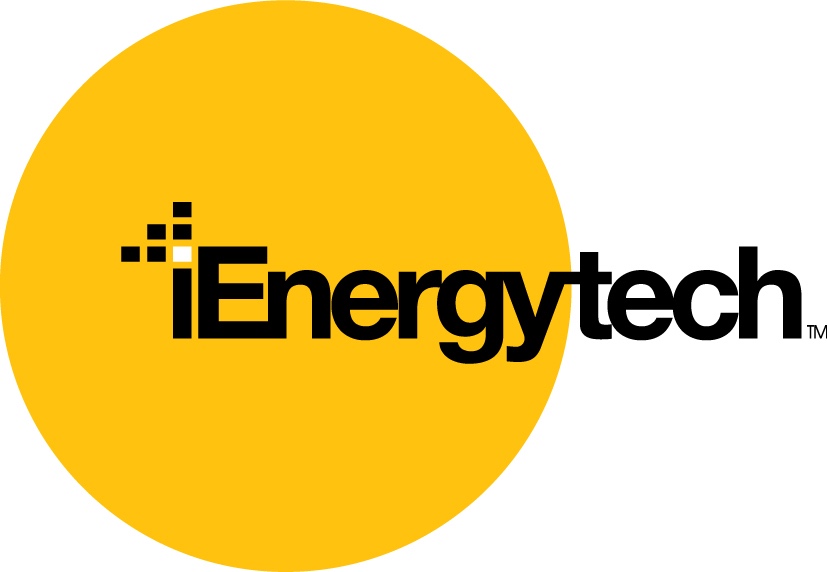An independent inspection does not include checks:
that the electrical terminals have been completed compliantly and safely, this applies to:
DC isolators
AC isolators
AC inverter supply main switch
Integrated DC isolators inside of the inverter
Earthing connections
the spans of the framing
the cantilevers of framing and modules are correct
that Fine-stranded cable has been secured to avoid copper creep
Mid and end clamps are correctly tightened
Cables are safe (no insulation-resistance faults) and were properly tested
Cable has been correctly run in the roof
Cable has been correctly run in the cable trays
String Voltages are correct
Inverter minimum Voltage has been adhered to
Bending radius of cables has been adhered to
Roof-top DC isolators have been tested under load
No wiring loops have been left in the system that could pick up inductive currents and cause damage to the system
Etc.
So, who gives the customer this assurance? At the present time the installer’s statement has to be accepted on face value.
independent inspections assure you of safety…?
In some states of Australia, it is a requirement of the local energy authority that each and every solar PV installation should be inspected by an ‘independent’ inspector. This is to ensure compliance with the minimum safety standards.
Does this give the customer a safe and compliant solar PV system?
In hundreds of audits completed by our team, to date, and our own experience (with iEnergytech installations) it has been discovered this is not the case. Often inspectors will not even return the system to its correct state (or certainly give any assurance to that effect) after an inspection. E.g. an installer may have completed the installation of an inverter in an outdoors’ area and to preserve its IP rating will have tightened the cover screws to the correct mandated torque. An inspector comes along, may open the cover and then returns its without paying heed to the torque!
iEnergytech’s inspectors are selected for their impartiality and their ability to INSPECT. To find fault with, to constructively criticise, to guide. We are not after a ‘good working relationship’ that could compromise our installation’s safety.
In addition, to ensure full compliance, all commercial PV installations receive an onsite internal audit from our in-house team. Residential systems are audited internally on a sample basis. Any faults found are rectified and often the installer is removed from our team.
For example, in Victoria, an inspection shall include but is not limited to the following:
The PV Array wiring fixing, mechanical protection and isolation requirements;
The Array frame and supports for protective earthing or equipotential bonding where required;
PV Array isolating device for DC voltage and current rating, correct connection, location, UV protection and IP rating;
The DC cable for compliance to the standard, mechanical protection, UV protection,
correct polarity, size, voltage rating, roof penetration, labelling where required and
voltage drop;
The DC isolator for the proximity to the inverter, current rating, UV protection, correct
connection, location and IP rating;
The inverter for fixing, height requirements, earthing, correct connections, IP rating, UV protection and operation;
The AC circuit breaker near the inverter if installed;
The AC circuit wiring for polarity, current rating, mechanical protection;
The switchboard to which the solar supply is connected for circuit arrangement, main
switch rating, and marking;
Ensure that there is no RCD installed between the inverter and point of supply;
Ensure the solar neutral is identified as required;
The meter panel, pit or FOLCB for marking;
The installation of signage if the solar supply is connected to a sub-board;
The installation of signage specifying the Voc and short-circuit currents is displayed on the main switchboard or at the sub-board if the solar supply is connected to a sub-
board; and,
The installation of signage if the solar supply is connected within a multiple installation.

